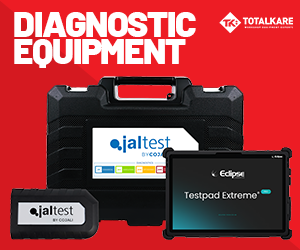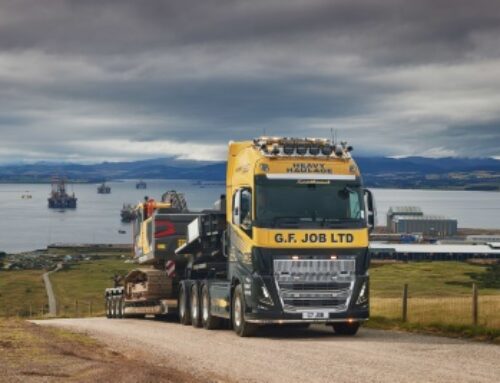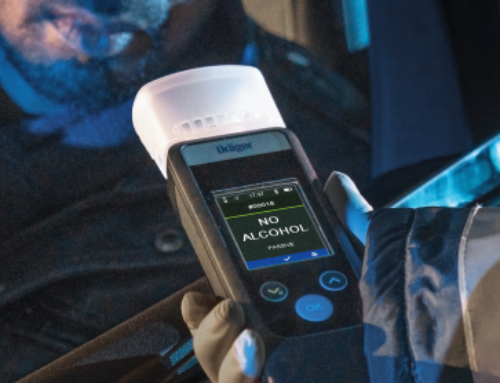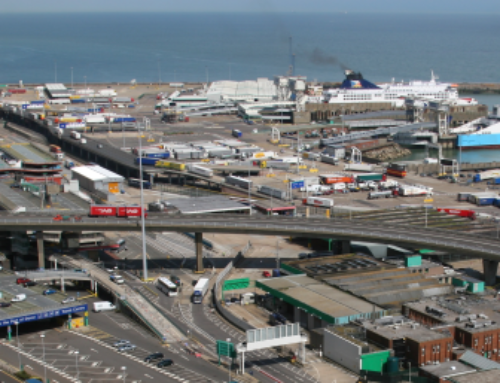Proposed vehicle CO2 targets pose ‘enormous’ challenge
 The new, stricter carbon dioxide (CO2) emissions targets proposed last month by the European Commission for heavy-duty vehicles (HDVs) – trucks, buses and coaches – have prompted warnings from the European vehicle manufacturers’ association ACEA, whose director-general said that the challenge ahead would be “enormous” given the progress required on charging infrastructure.
The new, stricter carbon dioxide (CO2) emissions targets proposed last month by the European Commission for heavy-duty vehicles (HDVs) – trucks, buses and coaches – have prompted warnings from the European vehicle manufacturers’ association ACEA, whose director-general said that the challenge ahead would be “enormous” given the progress required on charging infrastructure.
The EC unveiled plans for emissions reductions of 45 per cent from 2030, 65 per cent from 2035 and 90 per cent from 2040, against 2019 levels, for almost all new HDVs with certified CO2 emissions.
In addition, it is proposed that all new city buses should be zero-emission as of 2030.
The limits are technology-agnostic: the Commission says that manufacturers themselves must choose from electrification, hydrogen fuel cells or hydrogen combustion, but warns that renewable and low-carbon alternatives to fossil fuel are unlikely to attract specific incentives under the plans, as other sectors such as the aviation industry will be given first call on them.
Vehicles in the HDV segment are said to be responsible for more than six per cent of total greenhouse gas (GHG) emissions across the EU, and more than a quarter of GHG emissions from road transport.
Unlike the recent Euro VII air quality proposals, which prescribe acceptable NOx and particulate emissions limits for individual vehicles, the CO2 limits are averaged across a manufacturer’s entire vehicle output: so selling a quantity of zero-emission trucks for urban distribution, for example, would allow greater latitude for producing some heavy-haulage trucks with powerful and thirsty diesel engines.
The baseline for the calculation is the manufacturer’s 2019 vehicle output. Industry had been working to a 15 per cent reduction in 2025 and a 30 per cent reduction by 2030. But the latter has now risen to 45 per cent, which has been described by Martin Lundstedt, ACEA’s commercial vehicle board chairman and CEO of Volvo Group, as “highly ambitious.”
ACEA calculates that this reduction can only be achieved if 400,000 zero-emissions trucks are on the road by 2030, with at least 100,000 being registered annually.
Even if the manufacturing side can achieve this – and, Lundstedt says, “We are ready to deliver” – creating a suitable charging network would mean installing 50,000 publicly accessible truck chargers across Europe with 35,000 being high-capacity megawatt chargers. ACEA said 700 hydrogen-charging stations would also be required.
The organisation’s director-general, Sigrid de Vries, warned: “Given that charging stations that are suited to the specific needs of trucks are almost completely missing today, the challenge ahead is enormous.
“We are concerned that only vehicle manufacturers will face high penalties if other stakeholders do not fulfil their role in making this possible – especially given the low level of ambition that member states are showing on the Alternative Fuels Infrastructure Regulation (AFIR).”
The objective of the AFIR, first proposed by the EC in 2021, is to ensure levels of refuelling or recharging points for alternative fuels are adequate, including that charging facilities are available at regular intervals along core road networks.
Last year, ACEA urged European governments to ensure that their 10 per cent most frequented truck stops were equipped with suitable charging facilities by 2027 at the latest.
As well as the infrastructure crisis, there is also an economic one. Discussing the British market, Laurence Drake, managing director of DAF Trucks in the UK, said the uptake of electric trucks was low: “Compared to other countries, where incentives can cover as much as 80 per cent of the cost delta between diesel and battery electric trucks, the UK Battery Electric Truck Grant is modest and, with the current high wholesale electricity costs, electric trucks simply can’t compete against today’s most efficient diesels in terms of total cost of ownership.
“DAF Trucks is investing heavily in electric trucks,” he continued. “DAF dealers are investing in the tools, training and facilities to support those trucks and many DAF customers are keen. However, they need support to help the transition.
“The cost of moving to electric is not just about the truck, it’s also about the charging infrastructure and the need to adapt operations and schedules. If the industry is to meet the end-of-sale dates for non-zero emission vehicles, there needs to be more financial support for early adopters to really kick-start the use of electric trucks in the UK.”
His comments support Martin Lundstedt’s argument that the business case for zero-emissions vehicles must be improved to make them more profitable to run than diesel trucks.
“If this does not happen rapidly, operators won’t buy our vehicles, and as a result we will simply not be able to meet the CO2 targets,” he said.
“At the end of the day, vehicle technology — be it battery-electric, fuel-cell electric or hydrogen-powered trucks — is only one part of the solution. To succeed with this transition of our industry, we urgently need coherent, joined-up policies.”
The EC has produced a list of vehicles that will be exempt from inclusion in the manufacturers’ targets: small-volume manufacturers producing less than 100 vehicles will be exempt, as will vehicles used in mining, forestry and agriculture.
Other exemptions include tracked vehicles, and those designed and constructed to be used by armed forces, civil protection, fire services, and for those tasked with maintaining public order, or delivering urgent medical care.
Refuse collection vehicles are also exempted – curiously, given that the two largest players in this market already offer production BEVs which are In successful operation all over Europe.
ACEA reiterated its stance that the tough new Euro VII pollutant emission limits proposed from 2027 would serve only to drive efforts away from engineering zero-emissions vehicles.
The EC is also proposing trailers are subject to CO2 targets, achieved via means such as aerodynamic improvements.
“While other world regions are incentivising their way towards zero-emission mobility, Europe is trying to regulate its way – and even that is not being done in a harmonised way,” Martin Lundstedt concluded.
Announcing the EC proposals, Frans Timmermans, executive vice-president for the European Green Deal, said: “To reach our climate and zero pollution goals, all parts of the transport sector have to actively contribute.
“In 2050, nearly all of the vehicles on our roads have to be zero-emission. Our Climate Law requires it, our cities demand it, and our manufacturers are gearing up for it.
“With today’s proposal, we are making sure that new trucks are becoming less polluting and that more buses with zero emissions will ride through our cities. Fighting the climate crisis, enhancing the quality of life of our citizens, and boosting Europe’s industrial competitiveness go hand-in-hand.”












